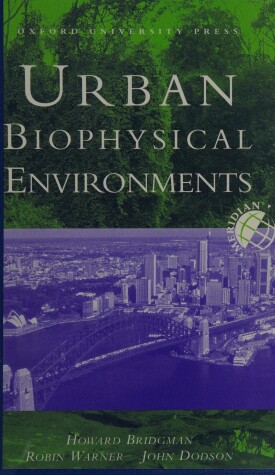Meridian: Australian Geographical Perspectives
1 total work
Urban Biophysical Environments
by Howard A. Bridgman, Robin Warner, and John Dodson
Published 11 January 1996
At present over 80 per cent of Australia's population lives in urban areas. This percentage is likely to increase as cities expland in an attempt to keep up with the growth in populatioon. Australia is not unique in this situation. Increasing urbanisation is the prognosis for countries all over the globe. Despite their youth, Australian cities share many characteristics and problems with cities elsewhere, while also exhibition a localised set of difficulties that require specific solutions. Urban development in Australia has had a major impact on surrounding biophysical environments, and this can sometimes adversely affect the health, welfare and lifestyle of urban resident. Urban Biophysical Environmens provides an assessment of current and emerging environmental problems from a physical point of view. The authors take a multidisciplinary approach to understanding and managing the impact of Australian cities on the atmosphere, climate, surfacewater and groundwater, soil, flora and fauna, and ecosystems.
